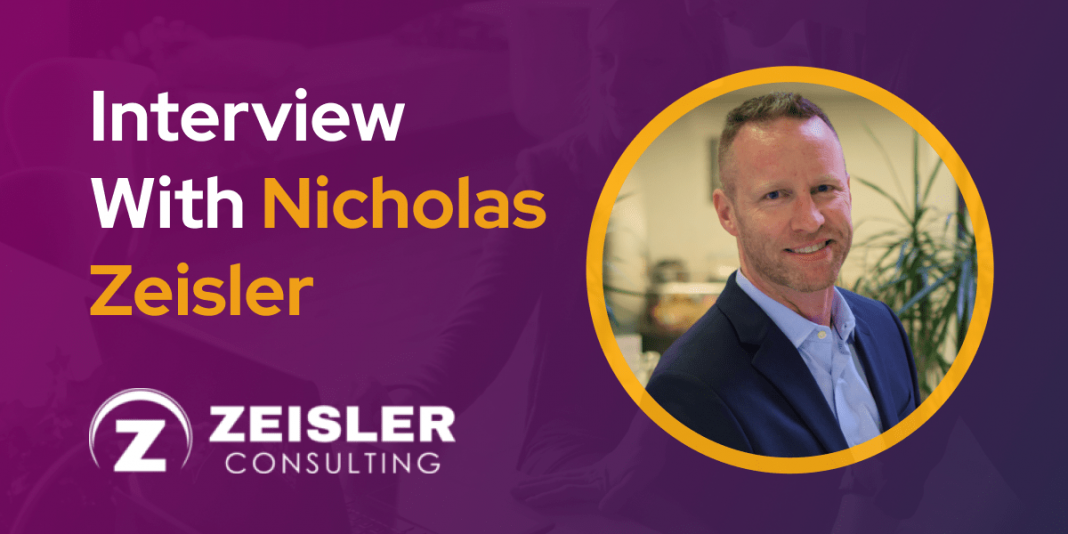Hi Nicholas, tell us about yourself and your background and how you got to the CX space?
I came to CX via Process Engineering (I’m a Lean Six Sigma Black Belt and a Certified Scrum Master in Agile Project Management). I was recruited to leverage these talents to improve a previous employer’s CX. It was an incredibly brilliant idea (all credit to my former boss) as usually these sorts of approaches and disciplines are done for more internally-focused reasons—improved resource use and efficiency, etc.—but there, they wanted to use PE and Continuous Process Improvement to bolster their Customers’ experiences.
Now that’s a great flag to rally around! It also emphasizes one of my Cardinal Rules: Just listening to your Customers (VoC) isn’t enough; you also have to act on what you learn from these insights. Otherwise, you’re wasting your (and your Customers’) time.
How can brands better utilize consumer reviews
Online commerce was booming in 2020, and so did consumer reviews – How can brands better utilize this data to improve their customers’ experience?
For the love of all that’s decent in this commerce universe of ours: Do. Something. With. It. Sort through it, analyze it, develop insights from it. Then hand it over to your brilliant process engineers, and change the way you do things in order to address what your customers are complaining about. Action is the key to improved CX!
In your POV – What is the ultimate checklist for a good customer experience strategy?
First, make sure you appreciate that the entire purpose of CX is to better align what you say you’re all about (your mission/vision/corporate principles and values…your Brand Promise) with what your customers experience when they interact with your brand. That perspective and framing are vital, otherwise you get caught up in undeliverable promises like over-the-top revenue improvements based simply on ‘being Customer-centric.’
Second, listen with a curiosity and willingness (eagerness!) to learn what your customers are saying. Don’t rely just on surveys, and don’t be satisfied simply with a bunch of numbers or graphs on a slide. The number one priority of your VoC program should be to highlight and prioritize what you can do to improve this strategic alignment. Again, don’t rely simply on surveys. Get out of the box and think of different ways to better understand your Customers: Interview, listen passively, and most importantly, Walk in your Customers’ shoes!
Third (as I mentioned above), Act. You’re wasting your resources (and your Customers’ time and energy to answer your questions) if all you do with your VoC insights is report them. You have to have a full-up, operational PE organization dedicated to improving your processes/procedures/policies based on what you see in those Customer responses. Fully empower them to wield their talents and capabilities throughout your entire enterprise. Give them the keys and make clear to everybody from Operations to Finance to HR to Supply Chain that they’re coming and they’ve got your approval to make improvements.
Finally, build a truly Customer-centric culture. That’s not fluffy talk. There are tangible and meaningful things you can do to make this happen.
- Enable your front-line people with the tools (technology, KM, CRM, networks, etc.) they need to deliver for your Customers.
- Empower them to use it at the level closest to the Customer as imaginable. Don’t make everything an escalation…that shows contempt and distrust for your Customers and your employees, and it’s a waste of time and effort for both.
- Encourage a Customer-centric workplace by walking the walk (prioritizing your resources with your Process Engineering to deliver on improvements will go a long way to showing this dedication) and making these efforts premier in how you lead the organization When your team sees you, as the leader taking action on what you’re hearing from your Customers (as well as what you hear from your employees), they’ll see that you’re serious.
How much has the role of customer experience changed in the social distancing era – what role digital transformation has in this crisis?
It’s funny: I’ve had several conversations with other CX pros recently about this, and there’s just about as much consensus that some brands are stepping up and really delivering in this “new world” as there is that other brands are using the upside-down of where we are as an excuse not to deliver. It’ll be interesting to see how things pan out, but which brands do you think will come out on top?
What was the biggest lesson you learned in 2020?
There’s a frightening dearth of critical thinking in our society these days. That’s not (necessarily) to do with CX, although it can be applied there too. And don’t be so sure that you know what I mean when I say that
2020 was the year of webinars and online events; what was your favorite one?
It grates on me when people answer questions like this with, “Gee, there were so many good ones, I don’t know how to choose.” But… I moderated or participated in about 25-30 online webinars, panels, podcasts, etc. I think what stands out is the sheer volume of information out there, a great sharing and spreading of information, insights, and opinions. If anything good came out of this past year, it’s that, in some ways, if you’re willing to go for it, there’s a greater amount of available interactions than at the typical in-person grand-ballroom-type conference. I miss those, of course, and can’t wait to get back to them. But it’s really incredible how much content is out there simply because that’s the only way to gather and share these days.
It looks like working from home is going to stay with us for the foreseeable future. How should Executives gear up to the changing times?
Hire me as their Fractional Chief Customer Officer. Oh, I’m sorry…sometimes that’s always my answer to any question. But seriously, I think they need to embrace it. I have had to move, and live separately from my partner numerous times because of location requirements for certain jobs. They never last. Where we are now is an awesome opportunity for talent and leaders to find each other without an arbitrary self-imposed location limitation.
Last but not least, what is your favorite CX metric?
I’ll tip my hand here, and declare that I’m actually brewing up a new one. I won’t say I don’t like any of them, but I’m pretty close: So few that are used these days are actually tied to anything meaningful, and those that are (or purport to be) are only tangentially and precariously so. Prove to me that for every point of NPS, that directly and on its own leads to a certain percentage increase in revenues or market share. Go ahead, I dare you.






